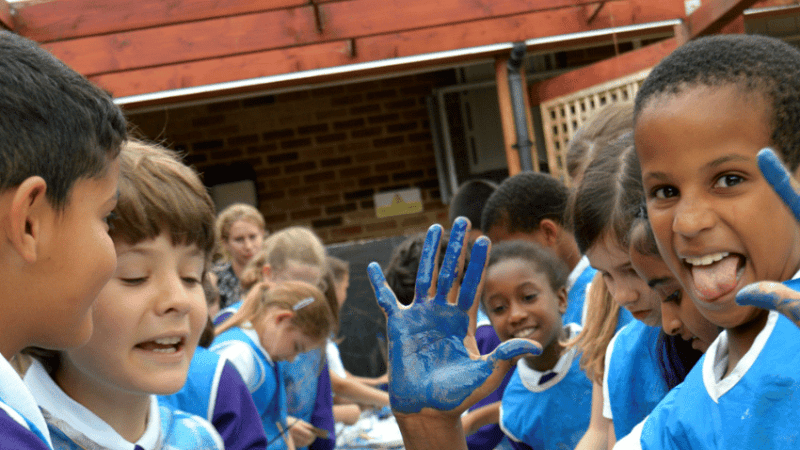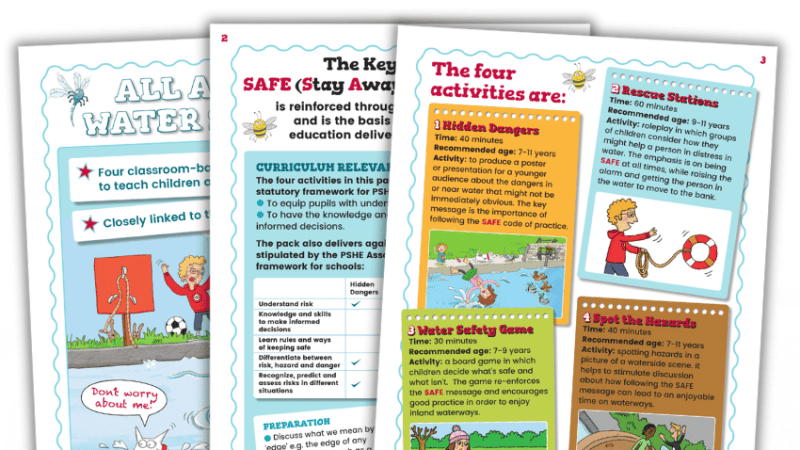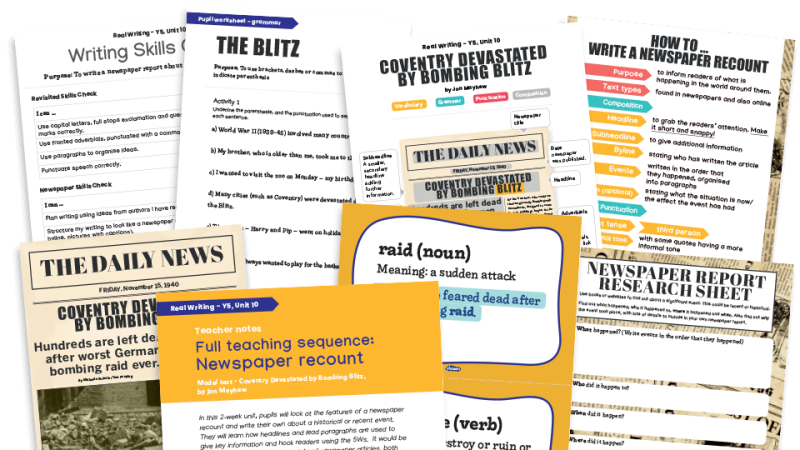Create an explosion of ideas in reluctant writers with science

Reluctant writers often just lack that initial spark. So what better subjects to stir the imagination than biology, chemistry and physics?

For me, the phrase ‘creative writing’ brings back horrible childhood memories of being set tasks that I knew I would find hard. Despite my best efforts I would always end up disappointed, and not because I was a poor writer, but because I lacked the creative juices.
For many children, creative writing is not the hoped-for joyful experience. However, for some of these pupils, writing factually about science – rather than trying to conjure up fantastical fiction – can provide an alternative context with which they feel more confident.
When challenged to provide evidence of children writing across the curriculum, many teachers will turn to history, geography or RE. But does flicking through science books yield good examples of high-quality writing that you would be keen to share with the English subject leader? And if not, why not, and how can we make it so?
If writing is carefully planned alongside science learning, both subjects can be enhanced. And there are six basic ingredients that enable children to produce excellent writing that shows their understanding of scientific concepts as well as their English skills.
1 | Get tongues wagging
When did your children last go ‘Wow!’? It’s unrealistic to expect this to happen every lesson, but science should at least be exciting. Providing a ‘wow’ moment, such as dissolving a polystyrene cup in nail varnish remover, or exploding the lid off a canister using a fizzy tablet in water, gets the children talking excitedly as they try to work out what just happened. Often, we only need to present the activity to the children then leave sufficient time for thinking and talking to take place. This, however, is where we sometimes make the mistake of rushing ahead with the lesson.
A ‘wow’ moment doesn’t need to be super exciting either, it can be something that inspires awe and wonder, such as asking the children to look at an everyday object in a different way. A very simple activity, such as observing a snail or looking at leaves under a microscope, will often prompt the children to talk, make comments and ask each other questions. These comments are useful nuggets for assessment and the questions may lead on to further enquiry.
2 | Speak in scientific terms
How nit-picky are you with the way children use scientific vocabulary? Would you challenge them if they used the words ‘melt’ and ‘dissolve’ interchangeably? Do the children really understand what the words mean or are they just good at putting them correctly into sentences?
Following a science experiment, give them the key vocabulary they will need to talk about it more clearly. These words need to be explicitly taught. The children need to see the word, hear the word, say the word and then use it several times in context. Using word games is an excellent way to help familiarise pupils with this new vocabulary (see panel for quick activity ideas).
3 | Using key vocabulary in context
The children have now been exposed to the vocabulary, have heard it pronounced and have said it aloud themselves, but do they really understand it? Can they use it in context? Give them ample time to explain what they have seen in their enquiry using the new vocabulary. It often helps children if they are provided with the new words on cards.
4 | Talk it out
Do you give your children an opportunity to rehearse before they start to write? Prepared talk is an ideal way of giving them a chance to practice explaining their science more formally before they write. They might, for example, work with a partner or in a small group to produce a video, such as a government promotion aimed at keeping yourself healthy, or a TV advert for a new electrical device they have designed. Or you could use role-play and put on a ‘fashion show’, where large images of plants parade along the catwalk while group members provide descriptions.
5 | Mix science with text types
What types of writing have your children used with science as a context? Have you allowed them to select their own genres or write about the same scientific understanding using two different formats?
Classic examples include the story of a water droplet and instructions on how to separate mixtures, but surely there are far more interesting ideas than this.
Next time you’re planning, write down on separate pieces of paper all the types of writing that you come across in your daily life, and place them face down on the table. Now do the same with all the key pieces of science learning for the year. Select one piece of paper from each group – would the style of writing you have picked work with the subject knowledge that needs to be taught? Don’t be too quick to dismiss the combination if it appears to be a bad pairing. Sometimes the best writing comes from presenting science in an unusual context, e.g. a job description for the heart, a recipe for an electrical circuit or house advert for a pet.
6 | Creating a plan
How much time do your children spend planning before they start to write in science? Do they plan alone or with a partner? What would a plan for science writing look like?
By the time the children come to the writing phase, their subject knowledge should be secure. All they need is a list of the key vocabulary to prompt them (which they can probably generate for themselves). Provided they are confident with the key features of the writing style, they can simply sequence the words into a sensible order to create their plan. They are now ready to produce some high-quality writing for you.
Experiment with games
Seven quick activities to practice new vocabulary
- Science bingo – read a definition for the children to link to words on their bingo card
- Word splat – read a definition and let the children ‘splat’ the word on the whiteboard
- Pictionary – can the children draw the word for others to guess?
- Calligrams – write the word in a way that reflects its meaning
- Taboo – describe a word without using certain key words
- Anti taboo – use the keywords given to help describe a word
- Vocabulary/definition cards – children can make pairs of cards with a science word on one and its definition on another. These can be used for a range of games such as snap and pelmanism
Naomi Hiscock is an independent primary science consultant and current chair of the ASE’s Primary Science Committee.












